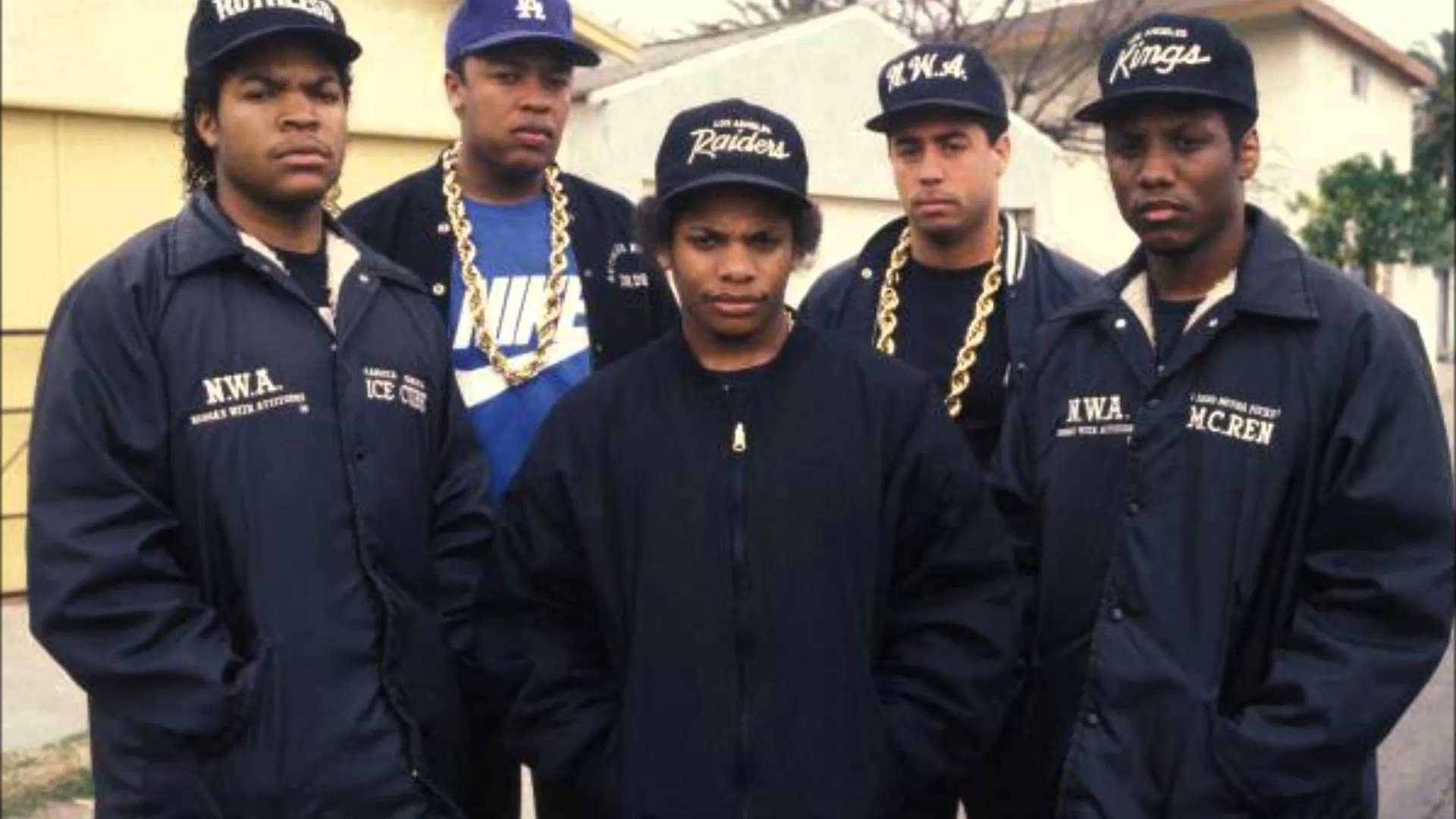
COMPTON LA 1990 SERIES
And in 1952 with a series of new developments, the demographics change almost overnight. When the legality of racially restrictive covenants was destroyed, white developers with the primary goal of turning a profit looked to creating affordable housing for aspiring middle-class African Americans who wanted to move to Compton. In fact, in L.A., they really distanced themselves from that sort of malicious Southern racism, but, of course, whether they were racists or not was sort of immaterial because they entered into an agreement that kept blacks out of their neighborhoods, and they defended those agreements very vehemently." And so white paranoia about that decline, even when whites did not think of themselves as racists. And in this case, the perception that blacks would lower value meant that in reality, the values did decline. that was kind of colorful that talked about the extent to which blacks planted more flowers and maintained their gardens in better condition than whites did, but, of course, real estate is never really about true value, it's about perceptual value. Sides continued: " even had an anecdotal study in L.A. In fact, if you looked at the FHA-Federal Housing Administration-studies during World War II, they actually found that blacks defaulted at a lower rate on their mortgage than whites did. The arrival of black people does usually lower property values, but not, of course, because of any material difference, but simply because real estate is all about perception. "And the really troubling reality is, that that is true. "There's a curious thing about this and that is this: whites believe then, and I think now, that the arrival of black people in their neighborhood will lower property values," said Sides. Still, that slow growth in the 1920s was enough for white homeowners to become concerned about declining property values because of the black influx. In Los Angeles, however, the move of African Americans was slow until World War II. In fact, your chance of getting your car stolen if you live in Compton is one in 99.Covenants across the country began in the late 1910s and early 1920s in response to the increasing black population in American cities, namely Northern and Western ones that saw the rise during World War I during the so-called great migration from the South. This is compared to communities of all sizes, from the smallest to the largest. Importantly, we found that Compton has one of the highest rates of motor vehicle theft in the nation according to our analysis of FBI crime data. In Compton, your chance of becoming a victim of a property crime is one in 38, which is a rate of 26 per one thousand population. Property crimes that are tracked for this analysis are burglary, larceny over fifty dollars, motor vehicle theft, and arson. In addition, NeighborhoodScout found that a lot of the crime that takes place in Compton is property crime. According to NeighborhoodScout's analysis of FBI reported crime data, your chance of becoming a victim of one of these crimes in Compton is one in 85. Violent offenses tracked included rape, murder and non-negligent manslaughter, armed robbery, and aggravated assault, including assault with a deadly weapon. This is important because the overall crime rate can be further illuminated by understanding if violent crime or property crimes (or both) are the major contributors to the general rate of crime in Compton.įor Compton, we found that the violent crime rate is one of the highest in the nation, across communities of all sizes (both large and small).

Now let us turn to take a look at how Compton does for violent crimes specifically, and then how it does for property crimes. Regardless of how Compton does relative to all communities in America of all sizes, when NeighborhoodScout compared it to communities of similar population size, its crime rate per thousand residents stands out as higher than most. Importantly, when you compare Compton to other communities of similar population, then Compton crime rate (violent and property crimes combined) is quite a bit higher than average. In fact, after researching dangerous places to live, NeighborhoodScout found Compton to be one of the top 100 most dangerous cities in the U.S.A. Within California, more than 92% of the communities have a lower crime rate than Compton. One's chance of becoming a victim of either violent or property crime here is one in 26.

With a crime rate of 38 per one thousand residents, Compton has one of the highest crime rates in America compared to all communities of all sizes - from the smallest towns to the very largest cities.


 0 kommentar(er)
0 kommentar(er)
